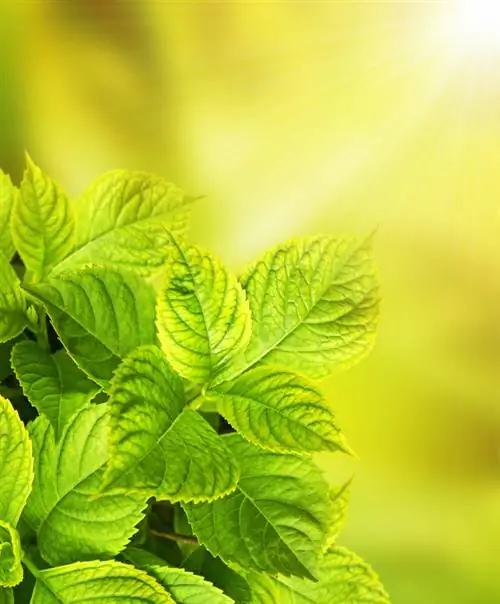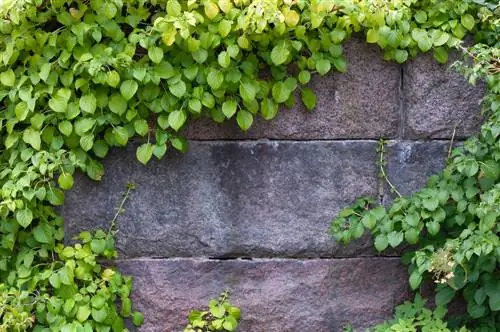- Author admin [email protected].
- Public 2023-12-16 16:46.
- Last modified 2025-01-23 11:20.
Panicle hydrangeas are very flowery in themselves, but sometimes the long-awaited flowering takes a long time. In this article you will find out what causes this and how you can get your shrub to bloom.

Why isn't my panicle hydrangea blooming?
If a panicle hydrangea does not bloom, young plants, the wrong location, or a lack of nutrients may be the cause. You can remedy this with patience, a partially shaded to sunny location and a balanced supply of nutrients, especially phosphorus.
Young panicle hydrangeas often do not bloom yet
Even if the young hydrangea has already bloomed in the pot when you bought it, it can still pause from blooming for a while after planting - young flowering bushes often only bloom after a few years of standing anyway. So don't be surprised if the panicle hydrangea you planted last year grows splendidly and produces wonderful dark green foliage, but no flowers. If you can rule out other causes, then only patience will help.
Wrong location prevents flowering
One of the most common causes of panicle hydrangeas not blooming is simply the wrong location. In many a garden center, this type of hydrangea is advertised as being “shade-tolerant”, but when planted in a shady spot in the garden, it naturally does not bloom. In contrast to most other hydrangeas, panicle hydrangeas actually need at least a partially shaded location, although they also tolerate sunny and full sun places well - always provided that the water supply is correct. Panicle hydrangeas planted in the sun require more abundant watering than specimens planted in partial shade.
Pranicle hydrangea suffers from nutrient deficiency
Lastly, a lack of nutrients can also cause the panicle hydrangea not to bloom. This can arise either as a result of unsuitable soil conditions (sandy or calcareous soil) or due to an inadequate supply of nutrients. Panicle hydrangeas not only need a lot of water, but also a continuous supply of the right mix of nutrients. Regular mulching and the additional application of mineral fertilizer are useful for plant he alth, with phosphorus in particular stimulating flowering.
Tips & Tricks
If you have a walnut tree in your garden, you can be happy. The leaves that fall in autumn can be used as organic fertilizer for hydrangeas, rhododendrons and other plants that prefer acidic soil. In autumn, mulch the root area of your hydrangeas thickly with (preferably wet) walnut leaves. Compost additional leaves together with (rhododendron) soil until spring, because then the bushes will receive another hefty portion to start the growing season. P. S. Don't be confused by claims that walnut leaves are not compostable. Experience has shown that the leaves rot within a year.






